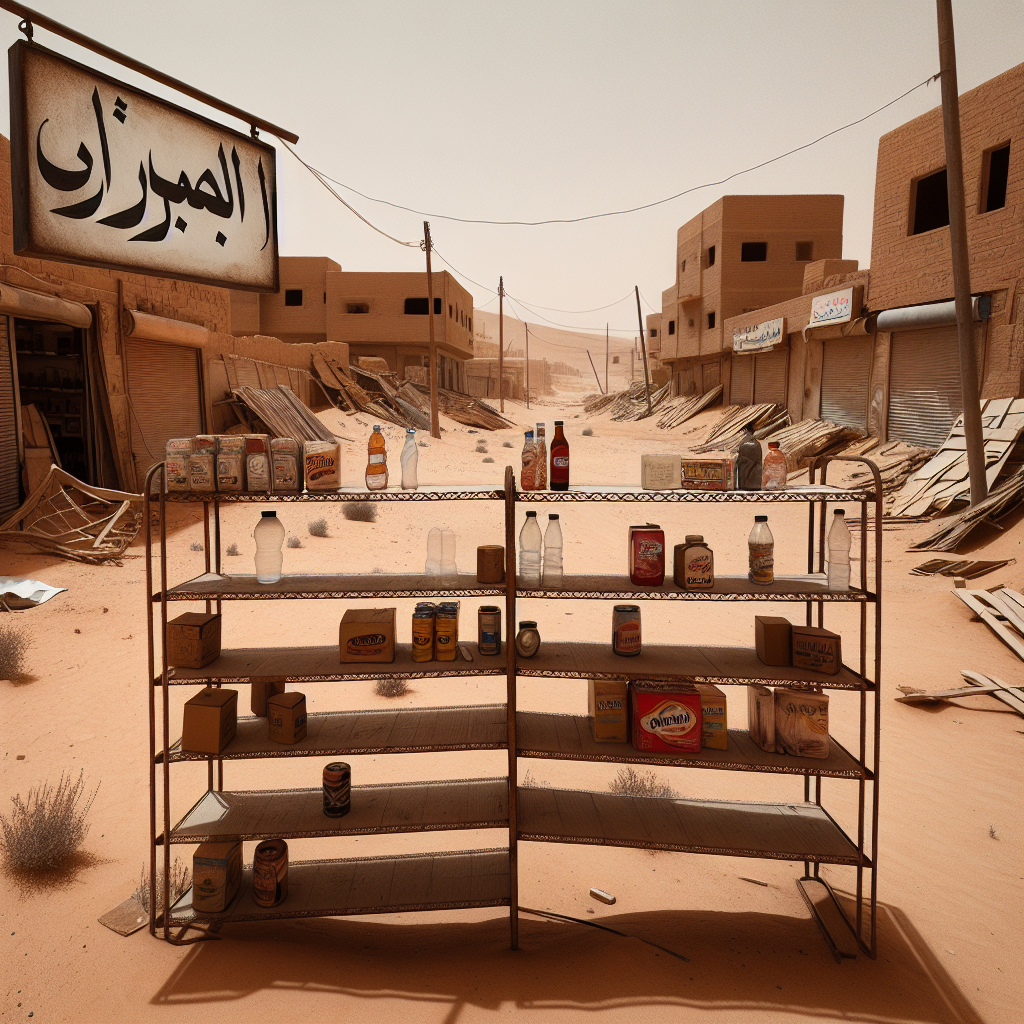Scarcity of Essential Supplies Intensifies Due to Gaza Aid Limitations
Scarcity of Essential Supplies Intensifies Due to Gaza Aid Limitations
Overview
The ongoing conflict in Gaza has led to a severe scarcity of essential supplies, exacerbated by limitations on aid delivery. This situation has created a humanitarian crisis, affecting the daily lives of countless individuals in the region.
Key Factors Contributing to the Crisis
- Restricted Access: Aid convoys face significant challenges in reaching Gaza due to border restrictions and security concerns.
- Supply Chain Disruptions: The conflict has disrupted supply chains, making it difficult to transport goods into the region.
- Increased Demand: The ongoing conflict has heightened the demand for essential supplies, further straining available resources.
Impact on the Population
The scarcity of essential supplies has had a profound impact on the population of Gaza, leading to:
- Health Concerns: Limited access to medical supplies and clean water has increased health risks.
- Food Insecurity: Shortages of food supplies have led to widespread hunger and malnutrition.
- Economic Strain: The lack of resources has put additional pressure on the already struggling economy.
International Response
Efforts to address the crisis have been met with challenges, but international organizations and governments are working to find solutions:
- Diplomatic Efforts: Ongoing negotiations aim to ease restrictions and facilitate aid delivery.
- Humanitarian Aid: Various organizations are mobilizing resources to provide immediate relief to those affected.
- Long-term Solutions: Discussions are underway to establish sustainable solutions to prevent future crises.
Conclusion
The scarcity of essential supplies in Gaza highlights the urgent need for coordinated international efforts to address the humanitarian crisis. While challenges remain, continued diplomatic and humanitarian initiatives are crucial to alleviating the suffering of the affected population and ensuring a stable future for the region.








































